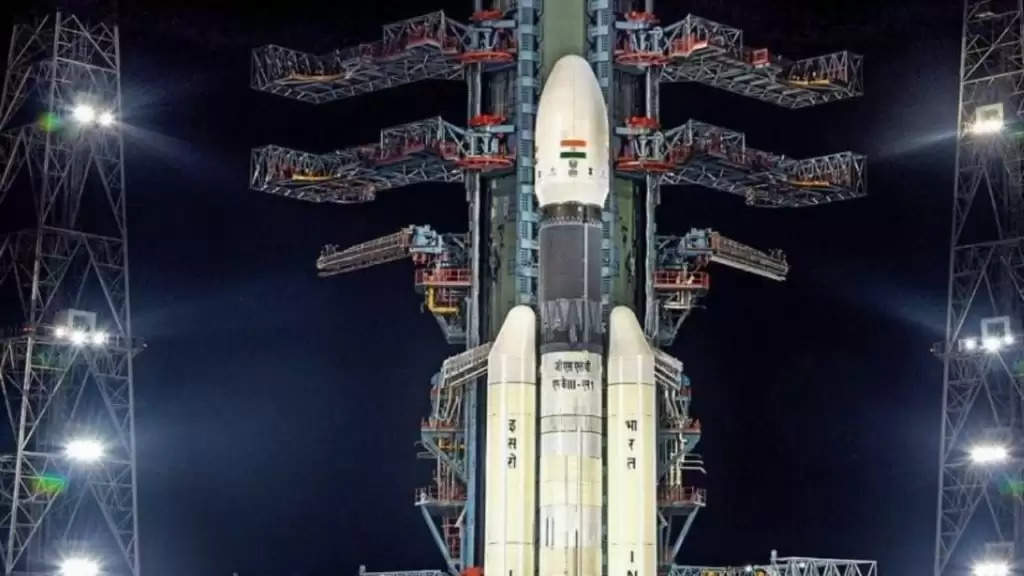Chandrayaan-3 Might Help In Finding Life On Other Planets In Addition To Studying The Moon

Sriharikota: A day is full with potential events. The options increase when it is a lunar day, which is equal to 14 Earth days. When Chandrayaan-3's lander and rover touch down on the Moon's surface at the end of next month, they will have only one lunar day to make the most of their mission.
The lander and rover, which are both equipped with instrumentation, will explore the Moon's surface and atmosphere. The orbiter, which was not intended to carry any payload, will now turn its attention to Earth in order to look for signs of life there and to help with the search for exoplanets (planets outside the solar system) that might harbour life.
The lander and rover will have the same instrumentation as their predecessors, which were a part of Chandrayaan-2, according to Chairman S Somanath. The previous mission's lander and rover, Vikram and Pragyan, shared the same names and had some of its goals not be realised due to a harsh landing.
Both the lander and the rover have the same instruments as the last time we flew. One goal we want to consider is the mineral study or constituent element study of the Moon's surface. We also want to examine the Moon's electrical properties and low-height atmospheric characteristics, according to Mr. Somanath.
We want to penetrate a sensor through the Moon's surface at a depth of about 10 cm to gauge the regolith's thermophysical properties (the layer of unconsolidated solid material covering the bedrock). Thus, both the lander and the rover have these kinds of observational capabilities, he continued.
When asked if ISRO would look for any indications of life on the Moon, Mr. Somanath responded that there is no instrument available to expressly look for such evidence and that all the knowledge that is now available rules out the possibility of life there. "But, we are focusing on the Moon's thermophysical and static electric charge characteristics. Also, we are considering a seismological research, "added he.
The orbiter will employ a spectrographic instrument to search for signs of life on Earth while Vikram and Pragyan conduct their research on the lunar surface. The search for life on other Earth-like planets in the future will utilise the same signatures.
Exoplanets, according to Mr. Somanath, are of considerable interest to astronomers all across the world and many have been found, including those that orbit stars that are close to Earth.
"To determine the relative distance between the planet and the Sun, we currently conduct some remote sensing of those planets' atmospheres. We learn more about the star's potential by determining its likely temperature. We see the light passing through a planet's atmosphere and then use spectroscopy to determine the composition of that atmosphere, including the presence of water and oxygen "explained he.
"This concludes the study as it stands today. Nevertheless, if you can make an observation similar to this for Earth and then use some correlation to compare it to exoplanets, perhaps we can claim that certain planets have a high possibility of having life that is comparable to that on Earth. No doubt. There are numerous additional possible forms of life outside what exists on Earth. It might not be based on carbon and oxygen,"
.png)